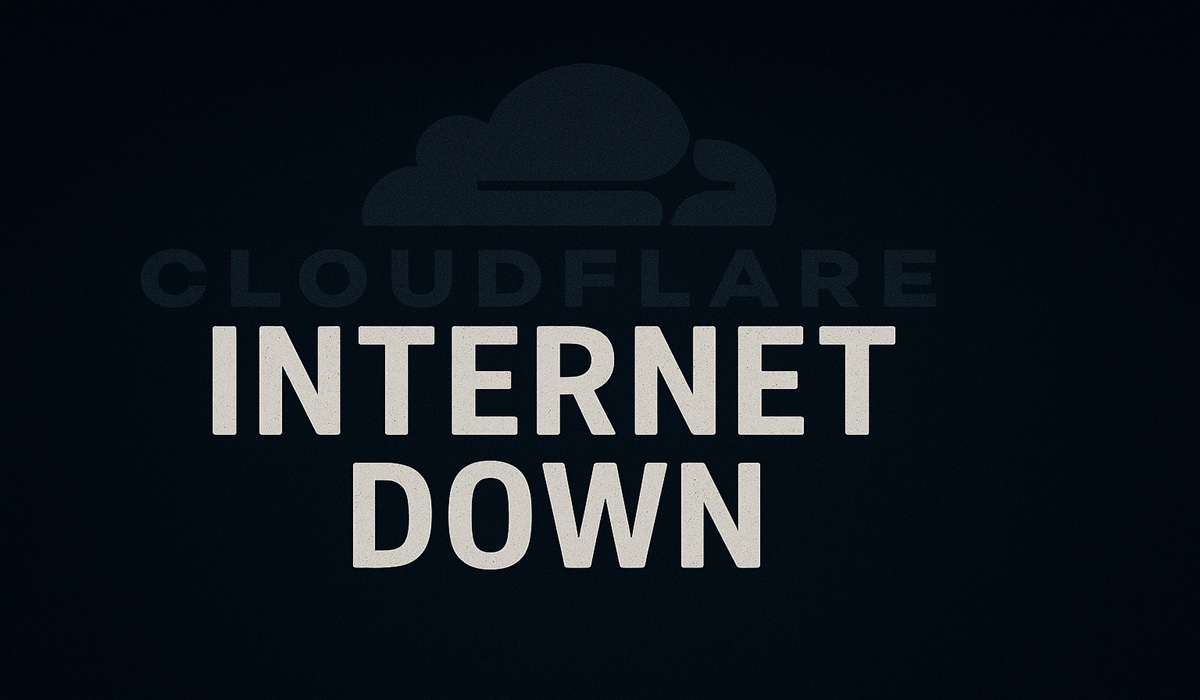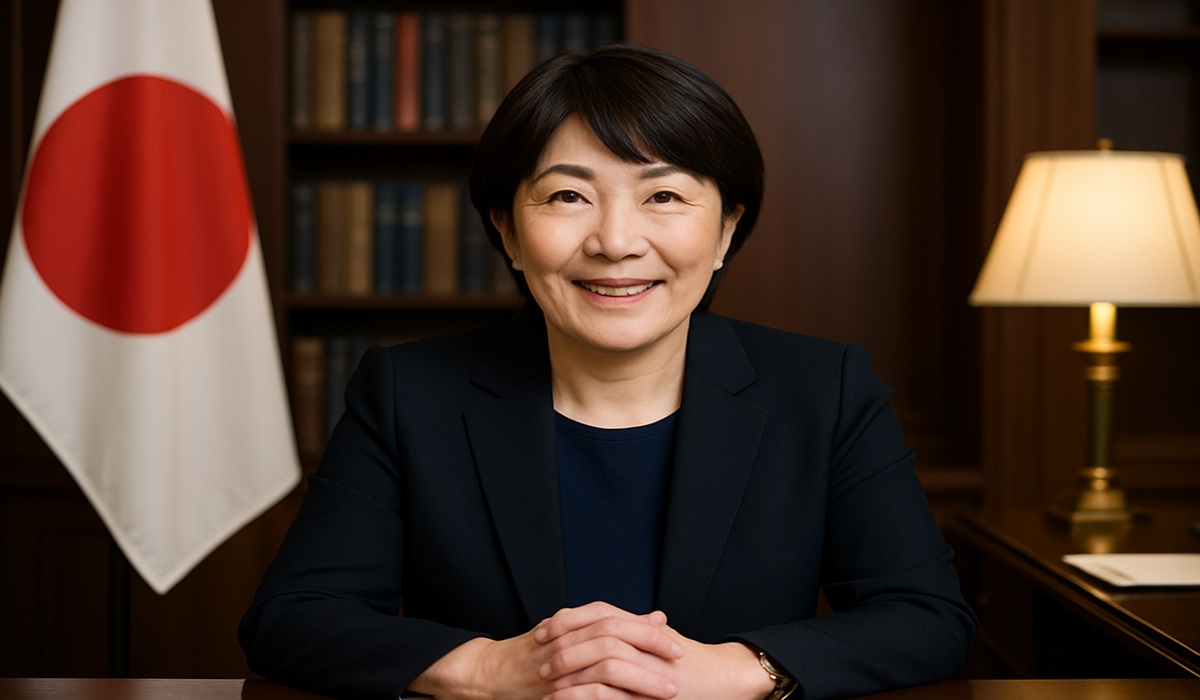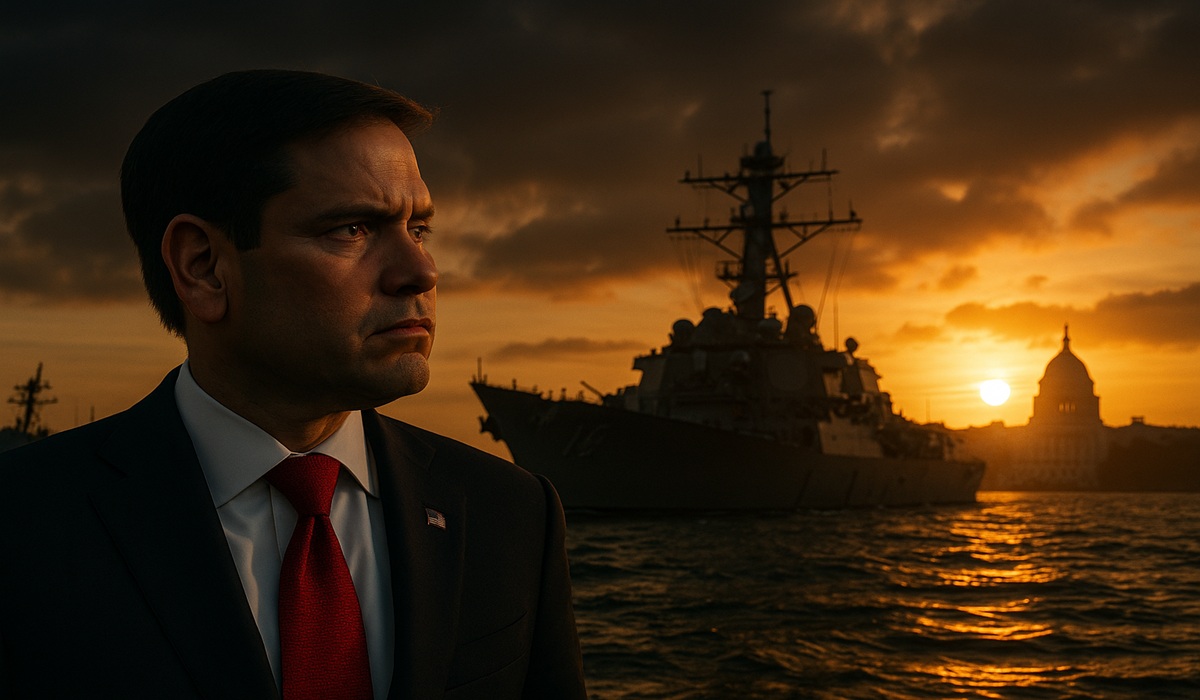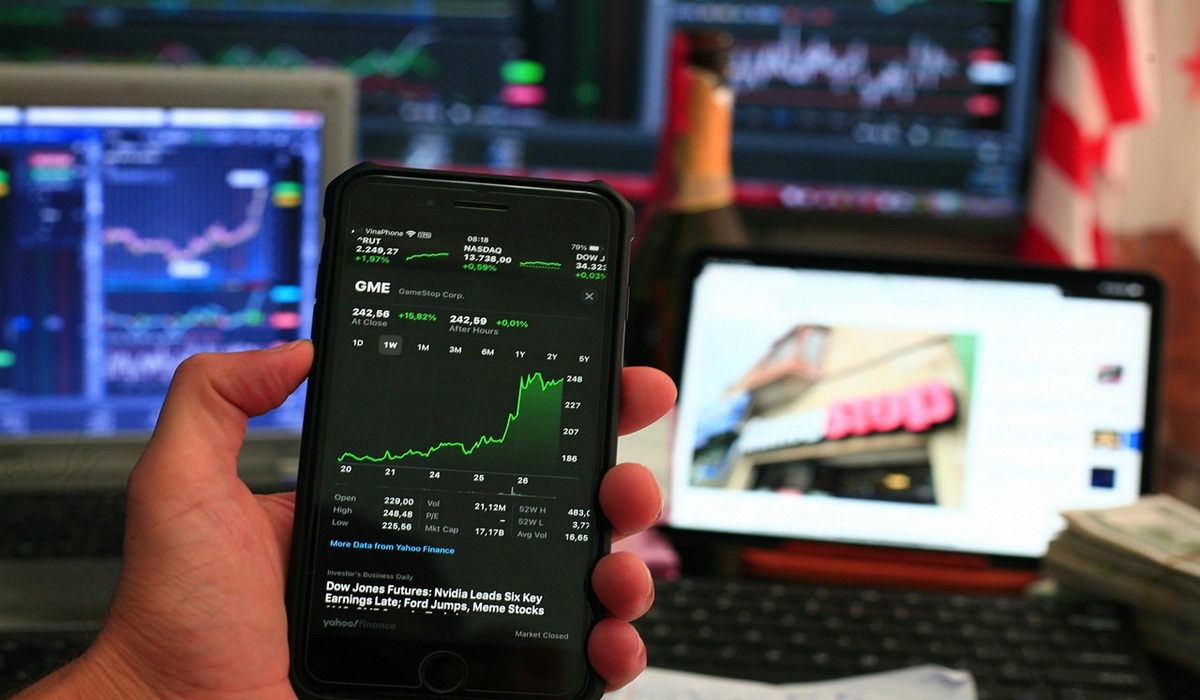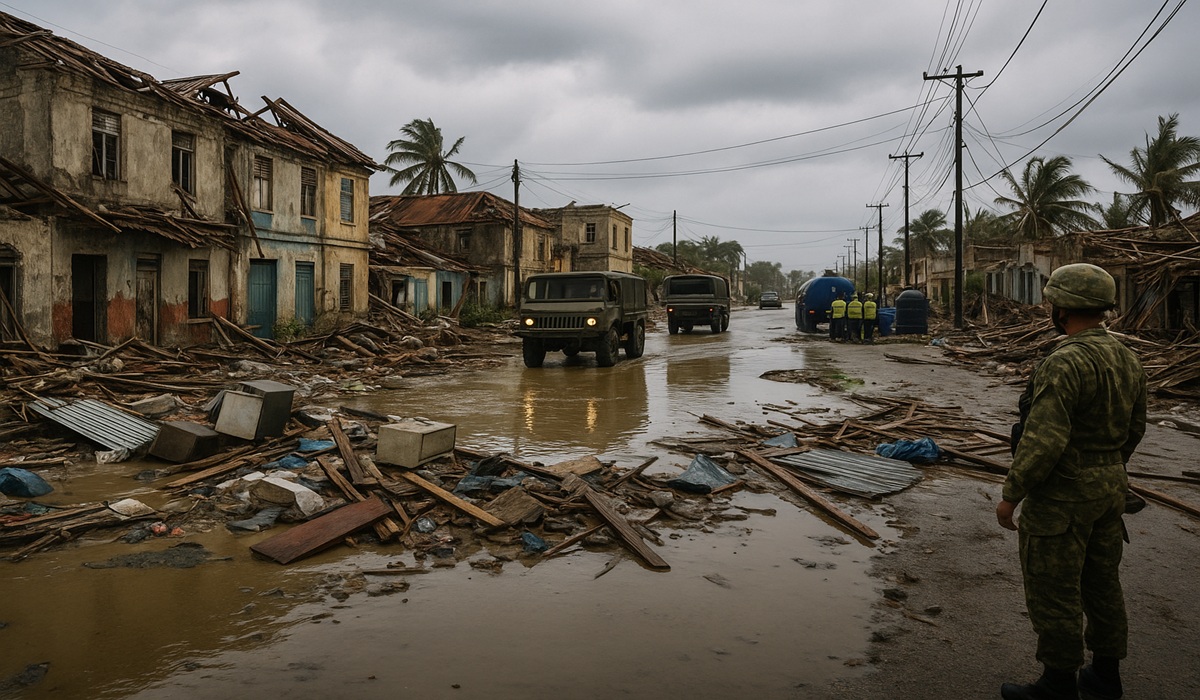BRICS Rises Amid U.S. Tariff Storm: Unity, Expansion, and Global Ambition
- TDS News
- Breaking News
- August 10, 2025
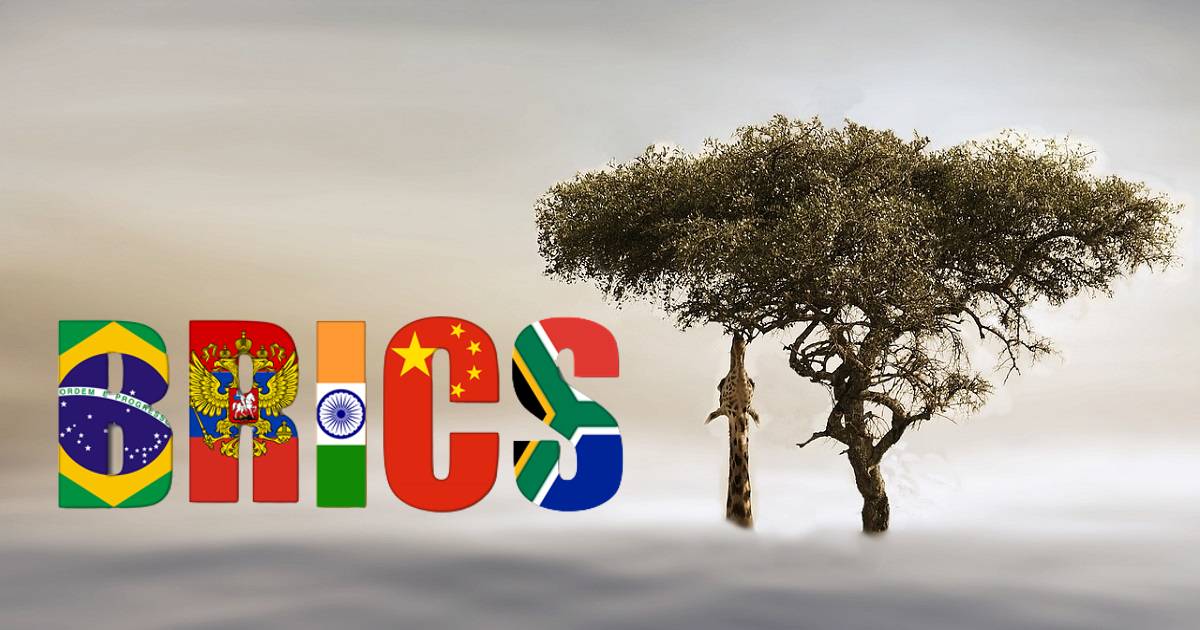
In a bold display of solidarity and ambition, the BRICS alliance—Brazil, Russia, India, China, and South Africa—is moving through turbulent global waters with renewed confidence. Recent events have shown the group not only consolidating internally but also expanding its influence, all while facing significant pressure from the United States.
The bloc’s momentum has been fueled by historic growth. What began as a five-nation partnership has now expanded to include Egypt, Ethiopia, Iran, the United Arab Emirates, Indonesia, and Saudi Arabia. This broadening of membership reflects a surge of interest from nations seeking alternatives to Western-led financial and political institutions. With more than thirty other countries formally expressing interest in joining, BRICS is steadily positioning itself as the core of a new multipolar world order.
The recent 17th BRICS Summit, held in Rio de Janeiro, carried the theme “Strengthening Global South Cooperation and Promoting a More Inclusive and Sustainable Global Governance.” Over two days of meetings, leaders discussed issues ranging from climate change and healthcare to artificial intelligence governance and financial reform. The summit concluded with a sweeping declaration that outlined a shared vision for a rebalanced global system. India was named as the chair for 2026, signaling its pivotal role in shaping the group’s next phase of development.
Yet this ambitious push comes amid a brewing storm. In early August, U.S. President Donald Trump announced an additional 25% tariff on Indian and Brazilian goods, effectively doubling existing duties to 50%. The move was justified on the grounds of India’s continued oil imports from Russia and both nations’ deepening ties within BRICS. Trump’s warning was blunt: further penalties would follow if the bloc pursued “anti-American” policies.
Rather than backing down, BRICS leaders have responded with coordinated diplomacy. Brazilian President Luiz Inácio Lula da Silva spoke directly with Indian Prime Minister Narendra Modi to craft a united strategy. Modi, in turn, reaffirmed his commitment to defending Indian farmers and ensuring that economic retaliation would not derail domestic stability.
Russia has also been central in this response. President Vladimir Putin and Lula recently held an extended phone conversation discussing not only the possibility of a joint reply to the U.S. tariffs but also renewed efforts toward a negotiated peace in Ukraine. Their dialogue underscored the bloc’s willingness to tackle both economic and geopolitical issues as a united front.
India is further signaling its alignment with BRICS priorities by preparing for Prime Minister Modi’s upcoming visit to China for the Shanghai Cooperation Organisation summit. This will mark his first such trip since 2019 and is expected to involve critical discussions on trade, security, and regional stability.
Through all of these developments, one message is becoming clear: BRICS is no longer simply a loose economic coalition. It is evolving into a political and strategic force, capable of challenging Western dominance in trade, diplomacy, and governance. By expanding membership, deepening cooperation, and crafting collective responses to economic coercion, the bloc is building a foundation for a more balanced global order.
In the face of escalating tariffs and political pushback, BRICS has chosen not to retreat but to reinforce its unity and ambition. With its growing membership, shared strategic goals, and willingness to stand together under pressure, the alliance is sending a clear signal: the world’s geopolitical landscape is shifting, and BRICS intends to be at the center of that transformation.

